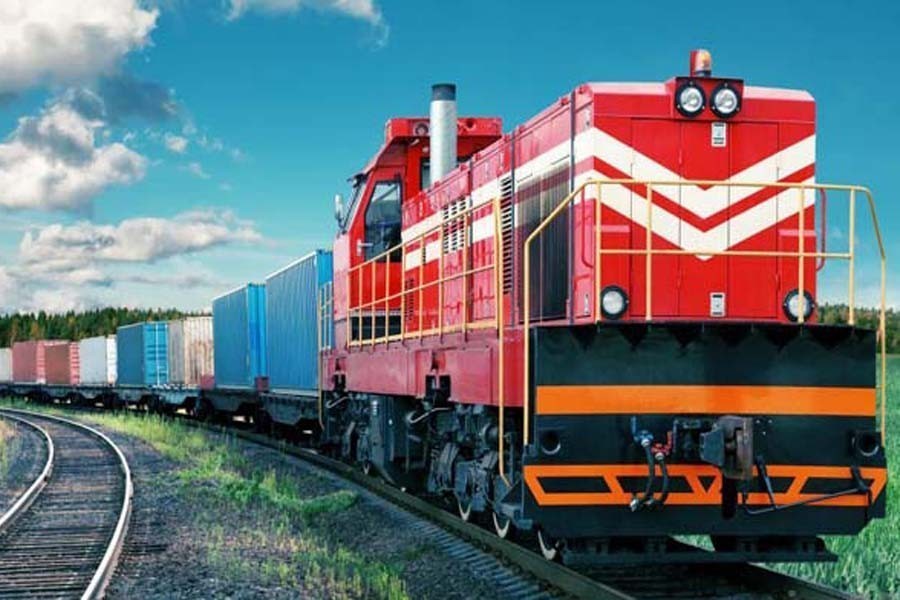
Published :
Updated :

Bangladesh and India have in the recent years focused, with renewed zeal, on revving up railway connectivity between the two countries. It underscores the two governments' eagerness to enter a unique phase of warm neighbourly ties. As part of this imperative, Indian Prime Minister Narendra Modi is set to flag off yet another inter-country passenger train connecting this time Dhaka and Jalpaiguri in northern West Bengal, during his 26-27 March visit. The expansion of inter-country railway network is expected to consolidate the ties more. Already two cross-border trains are in operation on Dhaka-Kolkata and Khulna-Kolkata routes. Opened on April 14, 2008, the former cross-border railway service was named Moitree Express. The latter, called Bondhon, was inaugurated on November 16, 2017. Due to initial hiccups plaguing the Moitree Express involving lengthy immigration check-ups and customs formalities, which increased the travel time, the train couldn't woo passengers in expected numbers. The fast drop in passengers at one point reached an alarming stage.
It was after relocating the two formalities from the border stations to the points of departure and arrival, i.e. at Dhaka and Kolkata that the passengers returned in droves. The India-bound passengers mostly included medical treatment-seekers in Kolkata and southern India, lower middle-class tourists, business people and pilgrims. Following the change in venues fixed for immigration-cum-customs, the travel time also witnessed a radical cut. In the beginning the journey would take around 11 hours. It now takes eight hours for Moitree Express to travel on Dhaka-Kolkata-Dhaka route. However, the number of passengers had just started increasing, when the Covid-19 pandemic struck the world including the two countries. The railway authorities in both Bangladesh and India are optimistic about the return of passengers who shunned the pandemic-time travels. It's worth noting that Dhaka-Kolkata train journeys are passenger-friendly in terms of roominess and low fare. The days fixed for Dhaka-Kolkata travel are slated to increase soon to five days a week from four days.
The operation of Khulna-Kolkata-Khulna Bandhan Express has been tolerably smooth since the beginning. The frequency of the service on the route is going to rise to two days a week from the present once a week. Along with the Dhaka-New Jalpaiguri route, through the Chilahati (Nilphamari)-Haldibari (Cochbihar) border, two more railway links with India are in the pipeline. They will connect Rajshahi with Kolkata, and Dhaka with Shiliguri. The latter route is expected to serve Bangladeshi tourists willing to visit India's Darjeeling, and also Bhutan. There is already a package tour by luxury coaches on Dhaka-Shiliguri-Darjeeling route. Its high charges prove prohibitive to fixed-income people. Compared to this, a journey by train might attract more people, thanks to the movement-freedom in rail carriages.
Railway links connecting the whole India, not to speak of the places in Bengal-Assam region, during the British rule distinguished the sub-continent. Kolkata and Dhaka being two administrative and business centres in Bengal, lots of train routes led to these two cities. Despite breaks in the rail travels caused by wide rivers, the greater segment of the 2-country train journeys could manage to be in operation. The changes that occurred after the 1947 partition and following the creation of independent Bangladesh had been dictated by history, as well as prevailing circumstances. Presently, the railway-based connectivity does play a critical role in forging closer ties between the South Asian nations. Irritants hindering their consolidation need to be identified and removed forthwith.


 For all latest news, follow The Financial Express Google News channel.
For all latest news, follow The Financial Express Google News channel.